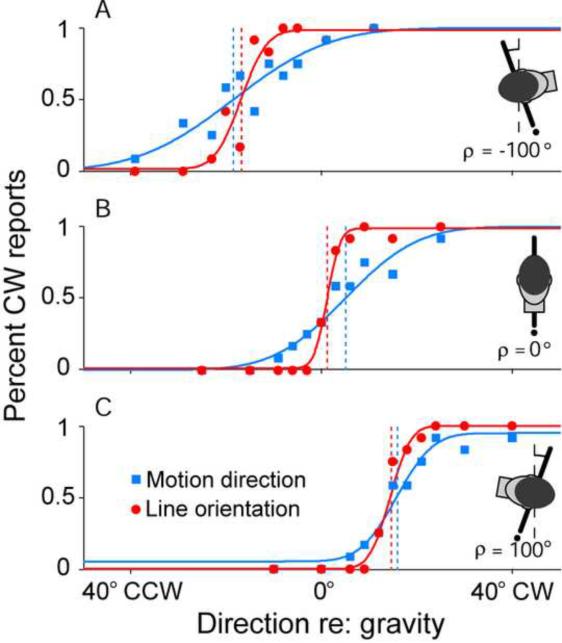Fig. 5. Accuracy and precision in the perception of vertical line orientation and vertical visual motion direction during static body tilts.
A 2AFC task was implemented to gauge subjects' abilities to perceive either (1) how the direction of motion of a random dot pattern was moving relative to gravity (blue squares) or (2) how a visible line was oriented relative to gravity (red circles). Subjects' performances were quite accurate when upright (B – center of psychometric function is near zero on abscissa), but became inaccurate with large body tilts (A and C). Errors were always in the same direction as the body tilt. Note that systematic errors in accuracy (illustrated by the bias of the psychometric functions) were similar for motion perception and the visual vertical tasks. However, precision (illustrated by the slope of the psychometric function) was higher for the line orientation than the motion direction task (steeper psychometric functions reflect higher precision). Vertical dashed lines indicate performance at 50% CW reports. Replotted with permission from De Vrijer M, Medendorp WP, Van Gisbergen JA. Shared computational mechanism for tilt compensation accounts for biased verticality percepts in motion and pattern vision. J. Neurophysiol. 99: 915–913, 2007.

